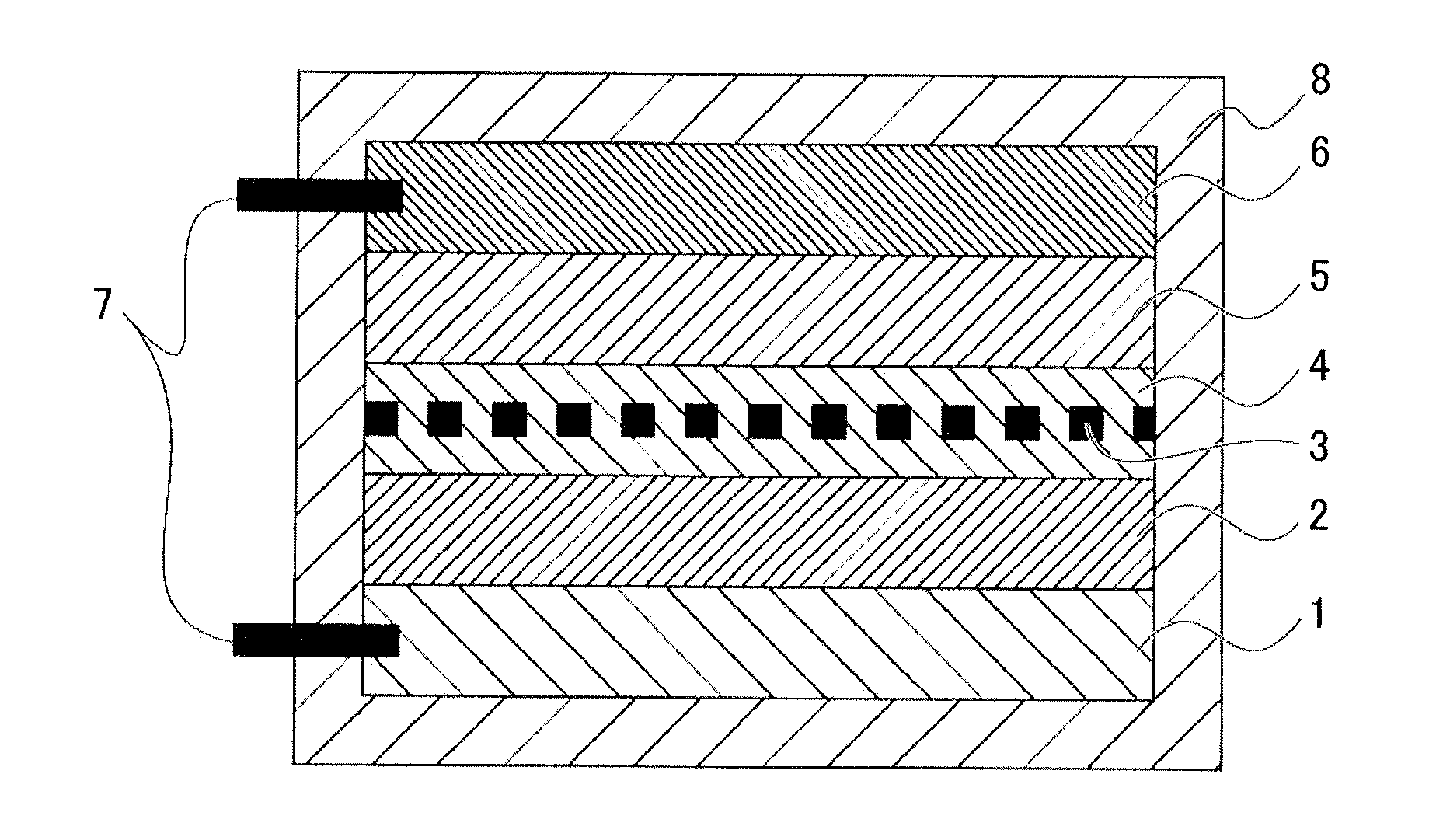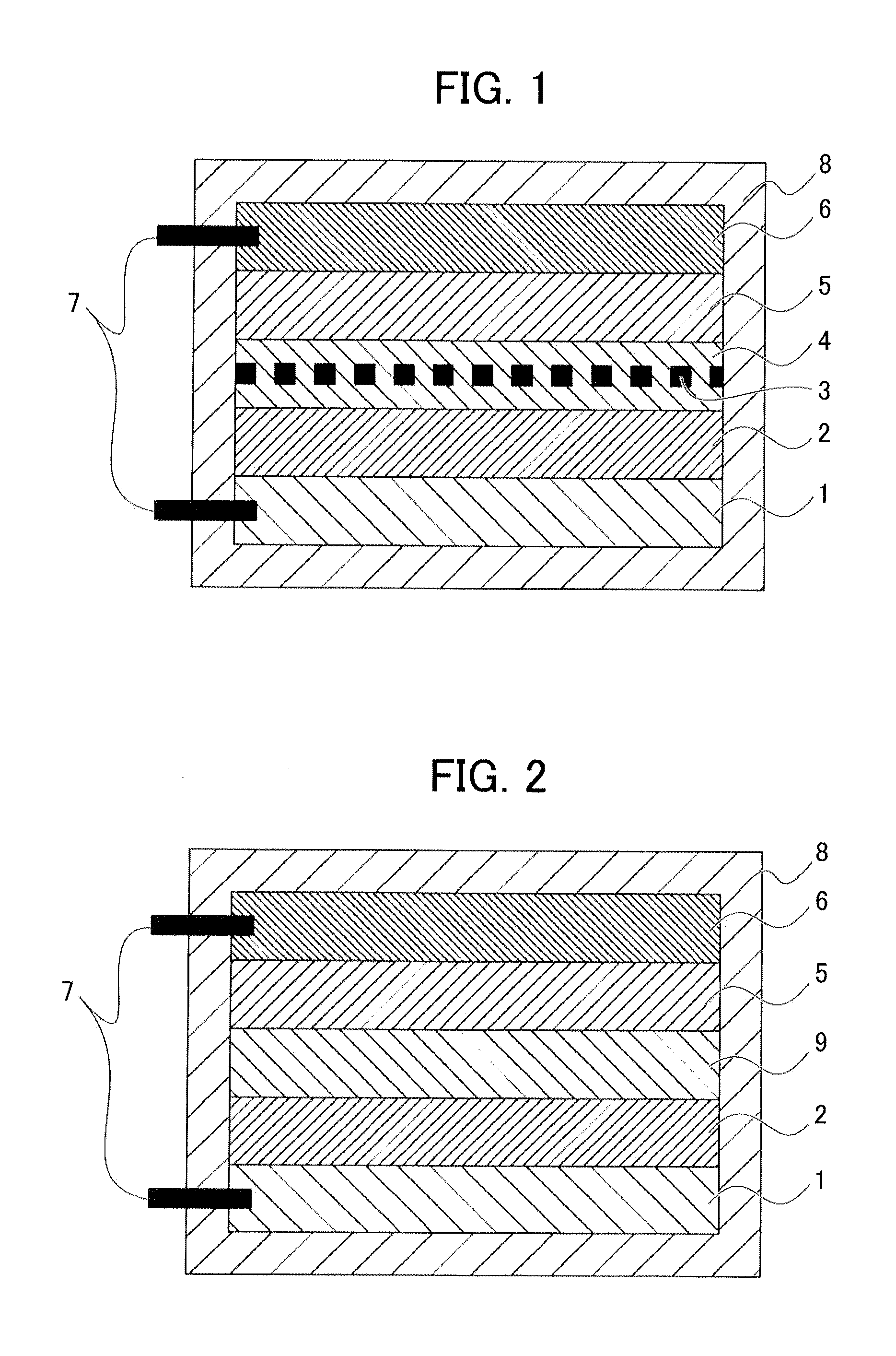Method for producing surface-treated oxide particles, and oxide particles produced by said production method
- Summary
- Abstract
- Description
- Claims
- Application Information
AI Technical Summary
Benefits of technology
Problems solved by technology
Method used
Image
Examples
examples
[0107]Below, the present invention will be described in detail with reference to Examples, but the present invention shall not be limited to these Examples.
[Preliminary Tests]
[0108]Before performing the surface treatment of oxide particles having an alkaline compound using a volatile acidic compound by the gas phase process according to the present invention, the reactivity of particles of the alkaline compound alone with the volatile acidic compound was first investigated.
example 1
Oxide Particles
[0119]Oxide particles comprising a lithium-nickel-cobalt-aluminum oxide (Li1+xNi0.82Co0.15Al0.03O2; x=0.05) used for a positive-electrode active material of a lithium ion battery was used as the oxide particles. The above composition contains a lithium oxide (LiO0.5) in a 0.05-times (mole ratio) excess amount relative to the stoichiometric composition (LiNi0.82Co0.15Al0.03O2), and hereinafter, the above oxide particles are referred to as lithium oxide-rich NCA particles. The lithium oxide contained in an excess amount appears to be solid-dissolved in the NCA particles. Therefore, the excess lithium oxide (an alkaline compound) is assumed to be uniformly distributed over the surfaces of the above lithium oxide-rich NCA particles. Note that the above oxide particles are secondary particles with a particle diameter of 5 to 15 μm comprising primary particles with a particle diameter of 0.3 to 1 μm, in which open pore with a size of 10 nm to several hundreds of nm are pres...
example 2
[0126]The surface-treated oxide particles having surfaces coated with the above neutralization product according to Example 2 (NCA particles for a positive-electrode active material of a lithium ion battery) were obtained in accordance with the method of manufacturing surface-treated oxide particles according to Example 2 performed as in Example 1 except that the heating treatment was performed for 30 minutes at 300° C. instead of 30 minutes at 150° C. in Example 1.
[Characterization]
[0127]Next, a paste for forming a positive-electrode active-material layer was produced as in Example 1 using the surface-treated oxide particles coated with the neutralization product obtained (NCA particles for a positive-electrode active material of a lithium ion battery). The paste was observed not to undergo gelation (pudding formation), but maintain fluidity even after being left to stand for 7 days at room temperature.
[0128]In addition, the positive-electrode capacity was 194 mAh / g as measured in ...
PUM
 Login to View More
Login to View More Abstract
Description
Claims
Application Information
 Login to View More
Login to View More - R&D
- Intellectual Property
- Life Sciences
- Materials
- Tech Scout
- Unparalleled Data Quality
- Higher Quality Content
- 60% Fewer Hallucinations
Browse by: Latest US Patents, China's latest patents, Technical Efficacy Thesaurus, Application Domain, Technology Topic, Popular Technical Reports.
© 2025 PatSnap. All rights reserved.Legal|Privacy policy|Modern Slavery Act Transparency Statement|Sitemap|About US| Contact US: help@patsnap.com



